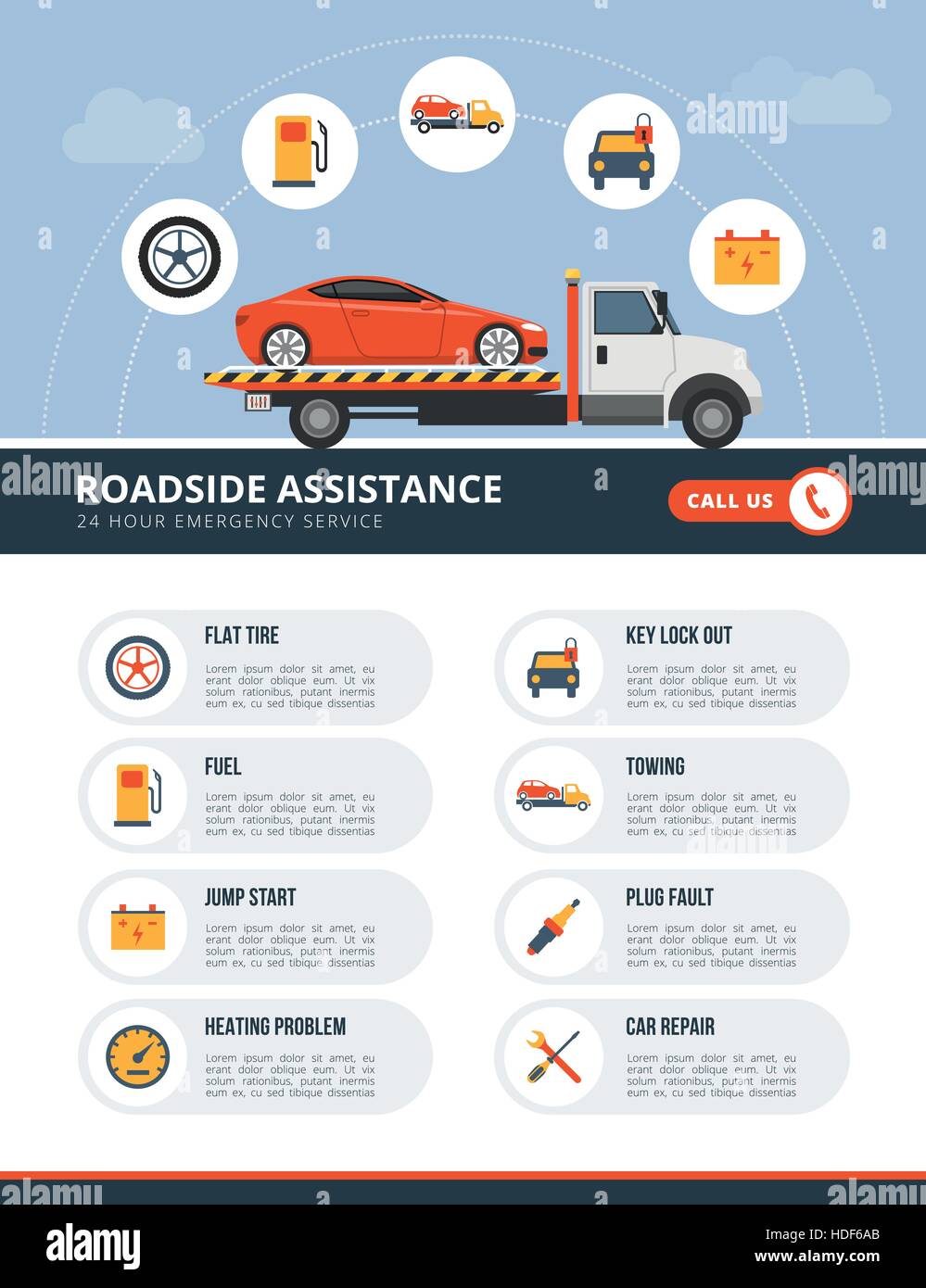When you lag the wheel, those beautiful caution lights on your control panel can be a bit puzzling. Do you understand what they're trying to inform you regarding your car's wellness? Comprehending the relevance of these lights is essential for your safety and the durability of your vehicle. So, the following time among those lights pops up, wouldn't you wish to decipher its message precisely and take the essential steps to resolve it?
Common Warning Lighting and Interpretations
Recognize usual caution lights in your automobile and recognize their meanings to make certain risk-free driving.
One of the most regular warning lights include the check engine light, which indicates concerns with the engine or exhausts system. If this light begins, it's critical to have your automobile examined promptly.
The oil stress warning light indicates reduced oil pressure, requiring instant interest to stop engine damage.
A blinking battery light might suggest a malfunctioning charging system, possibly leaving you stranded if not dealt with.
visit my website tracking system (TPMS) light alerts you to low tire pressure, influencing lorry stability and fuel performance. Disregarding this could lead to hazardous driving conditions.
The abdominal light indicates a problem with the anti-lock braking system, jeopardizing your ability to stop swiftly in emergencies.
Last but not least, the coolant temperature level advising light warns of engine getting too hot, which can cause serious damages if not resolved swiftly.
Recognizing these typical caution lights will help you deal with concerns quickly and keep risk-free driving conditions.
Value of Prompt Interest
Recognizing the common caution lights in your automobile is only the very first step; the importance of promptly resolving these warnings can't be highlighted enough to guarantee your safety when traveling.
When a caution light illuminates on your dashboard, it's your auto's method of connecting a possible issue that requires focus. Ignoring these cautions can bring about a lot more serious problems down the road, endangering your safety and possibly costing you more in repairs.
Motivate focus to warning lights can avoid malfunctions and crashes. For example, a blinking check engine light might suggest a misfire that, if left ignored, could trigger damages to the catalytic converter. Addressing this quickly can conserve you from a pricey repair work.
In a similar way, a brake system warning light might indicate reduced brake liquid or used brake pads, crucial elements for your safety when driving.
DIY Troubleshooting Tips
If you observe a warning light on your control panel, there are a couple of DIY troubleshooting ideas you can attempt before seeking professional help.
Cheap Car Ac Repair Near Me is to consult your auto's guidebook to comprehend what the certain caution light shows. Often the concern can be as basic as a loose gas cap activating the check engine light. Tightening the gas cap might fix the trouble.
One more common problem is a reduced battery, which can trigger different warning lights. Examining the battery links for deterioration and guaranteeing they're secure might repair the issue.
If a caution light persists, you can attempt resetting it by disconnecting the car's battery for a couple of mins and after that reconnecting it. In addition, examining your lorry's fluid degrees, such as oil, coolant, and brake liquid, can assist fix alerting lights related to these systems.
Conclusion
Finally, recognizing your cars and truck's caution lights is necessary for maintaining your vehicle running smoothly and securely. By quickly addressing these alerts and understanding what they imply, you can prevent pricey fixings and prospective break downs.
Keep in mind to consult your vehicle's guidebook for particular information on each alerting light and take action accordingly to make certain a hassle-free driving experience.
Remain educated, remain secure on the road!

 Jonathan Taylor Thomas Then & Now!
Jonathan Taylor Thomas Then & Now! Devin Ratray Then & Now!
Devin Ratray Then & Now! Jonathan Lipnicki Then & Now!
Jonathan Lipnicki Then & Now! Jenna Jameson Then & Now!
Jenna Jameson Then & Now! Mackenzie Rosman Then & Now!
Mackenzie Rosman Then & Now!